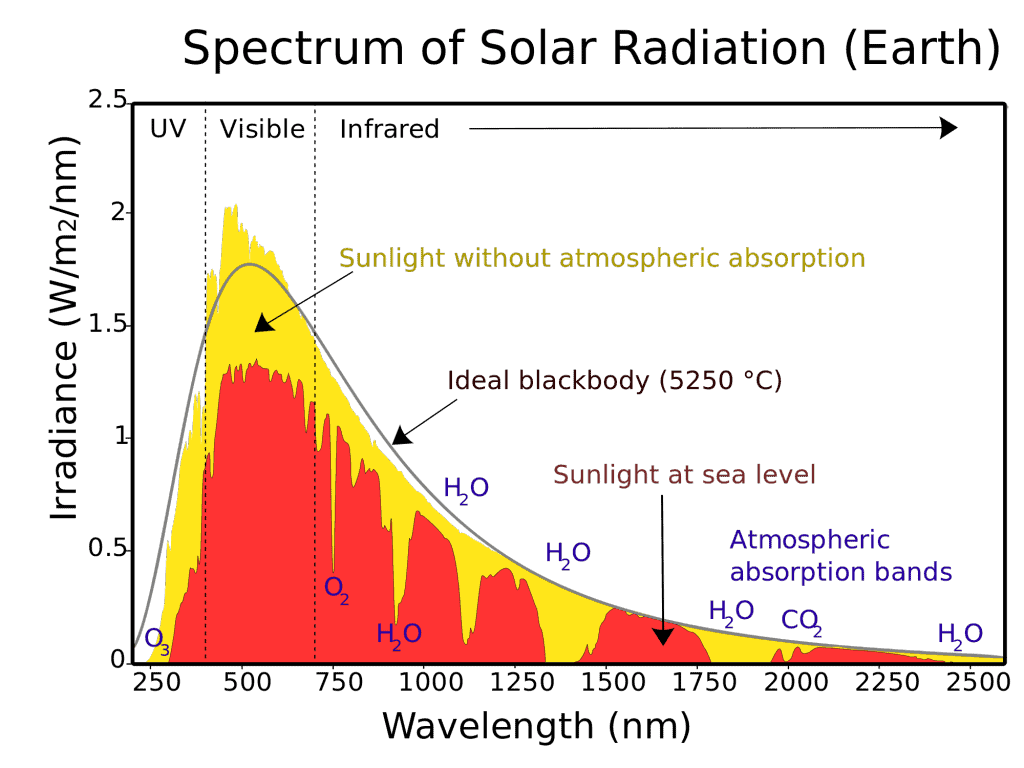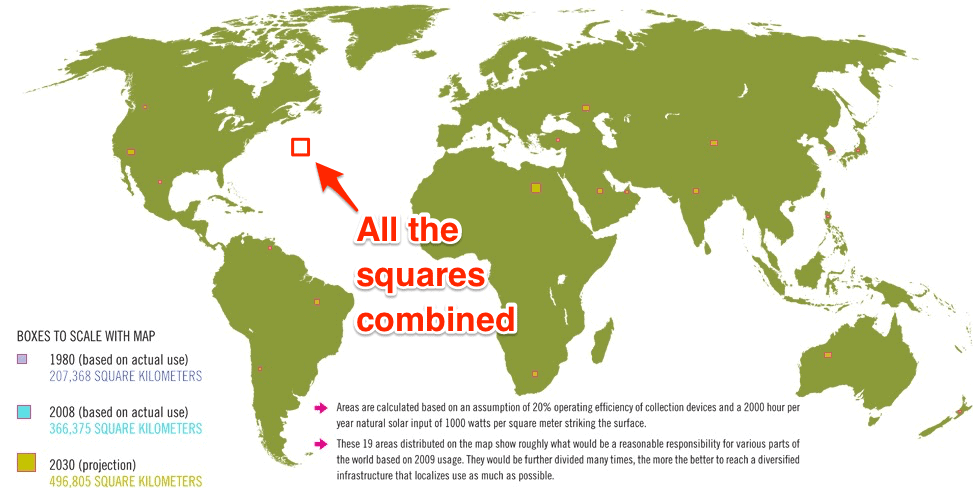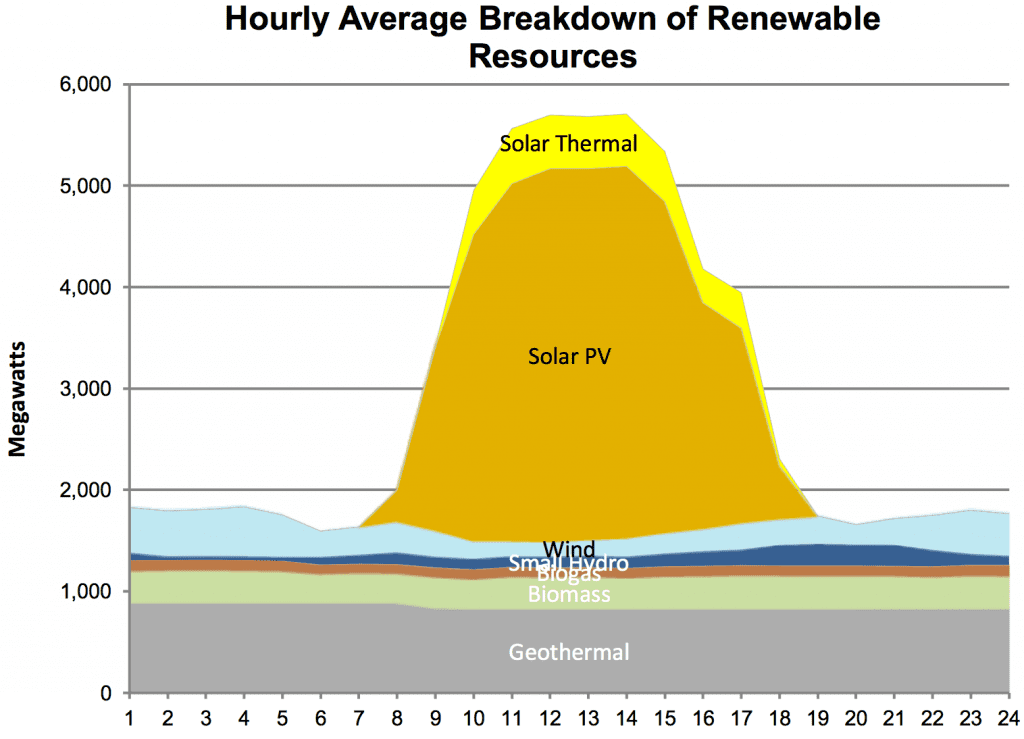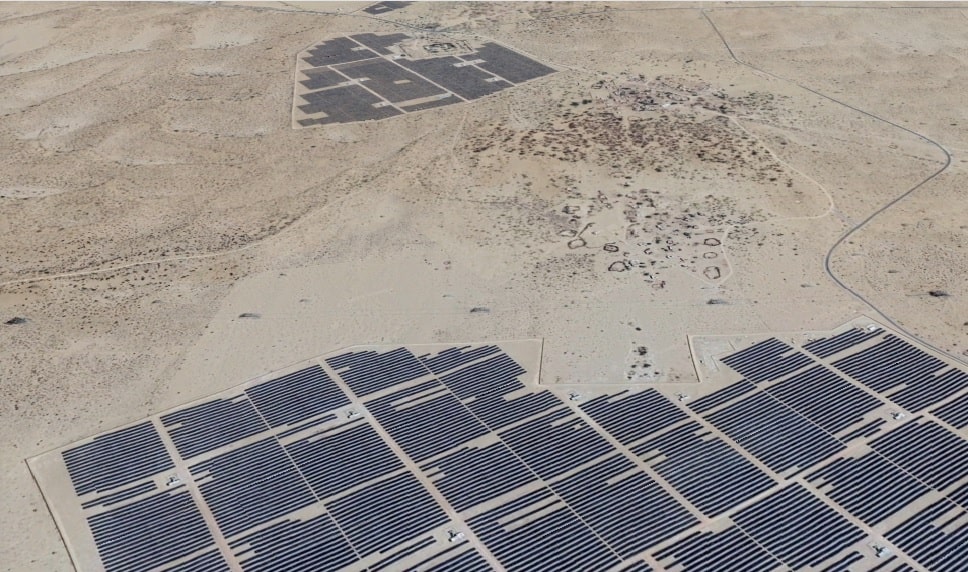Solar energy powers virtually all biological processes. Without the sun, there would be no life and no electricity from solar panels either. It’s only fitting that today we cover in detail the main facts about solar energy everyone should know.
Introduction
Throughout history, the Sun has been at the center of religious cults, an object of mystery, reverence, fascination, and sometimes fear. This sphere of nuclear fire has captured our imagination for ages, being associated with godhood and glory, and imposed itself as a central point that we use to define our universe.
Symbols and myths tied to our golden star abound, and it’s easy to see why: all life on Earth literally, and figuratively, revolves around the Sun — including us. Mythos aside, we’ve come to a point in our capability and know-how where we can more directly, and efficiently, harness its power to keep our civilization running. And it’s a lot of energy.
The most massive single source of energy within humanity’s grasp at the moment, this star’s power output dwarfs anything and everything we’ve been able to come up with and makes our most advanced reactors look like old and leaky batteries held together by duct tape.
What is solar energy?
Solar energy is an umbrella term used to refer to the light and heat a star releases. It’s renewable and for all intents and purposes an endless source of power, producing energy for billions of years to come — as estimates place the sun in the middle of its life cycle. The only true limitation of solar energy is that it cannot be used at night and the amount of sunlight that is received on Earth depends on location, time of day, time of year, and weather conditions.
1. The sun’s energy is so great that it produces enough energy in just one hour to power the entire world for a year.
The Earth gets an estimated 174 Petawatts (10 to the order of 15 watts) of incoming solar radiation in the upper atmosphere. About 30% is reflected back to space and the rest is absorbed by oceans, clouds and land masses, meaning our planet receives ~ 122 petawatts of energy daily.

For comparison, an average laptop uses about 10 watts of energy per hour of functioning, meaning that you could power 12,200,000,000,000,000 14-15 inch laptops for one hour each day using just the sun. That’s twelve quadrillion and two hundred trillion laptops.
I don’t think we even have that many laptops.

2. Solar energy is everywhere
Probably the best thing about solar energy is that it’s completely free, as we don’t have to make any effort to produce it — although harnessing is a different challenge. The second best thing is that it’s also abundant and squeaky clean: wherever the sun shines, the heat and light that radiate from it can be converted into energy using proper technology, including photo-voltaic, solar heating, artificial photosynthesis, solar architecture, and solar thermal electricity, even using it to boost traditional fossil-fuel plants works.
Solar panels are virtually maintenance-free since their batteries require no water or other regular maintenance and will last for years. It is noise pollution free, has no moving parts, and does not require any additional fuel, other than sunlight, to produce power. Once solar panels are installed, there are almost no recurring costs, and in some places, it’s so efficient it’s cheaper than supplying from the power grid. The only thing they need is a periodic light cleaning to make sure dirt, leaves, and other debris aren’t obstructing the sun’s rays.

However, the sheer quantity of energy produced by solar power in the Western US grid dwarfs other renewables even during the eclipse.
Image via breakingenergy
3. We’re already using it – indirectly
All life needs energy to exist. We need to eat or we die, and just as we do, the animals in our farms have to be fed. The plants that we use as fodder rely on the Sun’s light to create sugars out of inorganic compounds and water.
“We know that already!” our readers cry out, “but we could grow plants a different way, in artificial LED-lighted farms. We’d power them with fossil fuels, or wind turbines if we’re in a particularly green mood!”
Only no, we couldn’t. The plastic we would use to insulate our electrical cables or to build our farms and turbines, the coal we’d burn to power them, they could not exist without the Sun – they’re remnants of ancient life, transformed under the earth, but that life used solar energy to grow. Wind formation also relies heavily on the pressure imbalances caused by sunlight. The waves generated by these winds would disappear as well.
Ultimately, almost all the energy that enters Earth’s system can be traced back to the Sun. Sure there is some radioactive decay and geothermal energy in the mix but on its own, our planet simply does not have the quantity of decaying elements or the stores of heat required to power its phenomena and the life teeming on it for so long. Without our star and the energetic imbalances it causes, the whole system would grind to a halt.
4. And in some places, we’re doing it right!
Nestled in Rajasthan, in India’s northeast, lies the world’s biggest solar farm. Here, the Bhadla Solar Park has slowly grown to cover an enormous 5,700-hectare desert site with solar panels. Today it generates 2,700 MW of power, or enough electricity to power 4.5 million homes.

5. But we should start harvesting it more
Some of the earliest industrial uses of solar power were the drying of mud bricks – which the ancient Egyptians used extensively in masonry – alongside evaporation used to obtain salt from brine. It was a very efficient way for them to make the bricks, but it was an appallingly wasteful and inefficient process from the standpoint of energy harvesting.

Image via wikipedia
Modern technologies allow us to capture up to half of the sunlight’s energy that hits the solar panel, and there is a myriad of other improvements upon this technology, each with its particular benefits.
We’ve made great strides in renewable energy production, solar power included. Back in 2009, Al Gore had the right of it when he said that solving climate change with renewable energy constitutes the “single biggest business opportunity in history.” From 2010 to 2013, the amount of solar photovoltaic systems installed in the US jumped more than 485%. By 2014, the United States had more than 480,000 total solar systems installed, which produced up to 13,400 megawatts (MW).
From just 0.34 GW in 2008, U.S. solar power capacity has grown to an estimated 97.2 gigawatts (GW) today. This is enough to power the equivalent of 18 million average American homes. Today, over 3% of U.S. electricity comes from solar energy in the form of solar photovoltaics (PV) and concentrating solar-thermal power (CSP).
It’s not just consumers that are interested in solar energy. Politicians have started incorporating solar power into their “sales pitch.” The commercial world is beginning to see the light too, so to speak. Many businesses and companies have installed solar energy systems to improve their efficiency and lower their total operating costs. The installed capacity of photovoltaic systems in the US commercial sector grew from about 2,000 megawatts in 2010 to well over 6,000 megawatts in 2013. After a lull in new PV installations, over the last two and a half years, commercial solar has doubled its installed capacity in the US, from 9.8GW at the end of 2019 to 19GW of solar PV until June 2022.
But we’re not progressing fast enough, as most of the science community has been warning us for some time now. Though solar energy is used on a wide scale, it only provides a small fraction of the world’s energy supply. It can be adapted to a wide field of applications including electricity, evaporation, biomass, heating water and buildings, and even for transport, but the large initial investment is one of the primary reasons why solar energy is still not used on a wide scale all over the world. And we may have to pay a dreadful price in the future for not phasing out greenhouse gas-emitting plants.
6. People think it’s expensive, but it’s already cheaper than the grid for 30 million Americans
Remember how at point #2 I said that solar energy can cost less overall than supplying from centralized plants? Rooftop solar is now cheaper than grid electricity for millions of citizens in the US. What’s spectacular too is that solar energy can be cheaper even without government subsidies, which means that it is already fully competitive with conventional energy from the grid. When you also factor in the government subsidies (which may or may not last in the long term), there are dozens of other cities that have reached solar parity. Early results suggest that nearly 150 million Americans––33% more than a simple parity analysis reveals––will live in a city where a solar investment––without subsidies––pays back over 25 years by 2023.
It’s all the more extraordinary when you remember how expensive solar energy or solar panels, in general, were just a decade ago. Rising efficiency and increased demands have driven costs down tremendously. Solar panels may have been the reserve of the rich and eco-friendly at all costs in the past, but not anymore. Actually, if you live in an area with the right amount of sunlight (the US has plenty, for instance), you might actually lose money in the long run. Moreover, it will only get cheaper.
Today any solar power system installed professionally in the US should cost you somewhere between $2.60 and $3.20 per watt. For example, a 10 kW system that is supposed to cover all the energy needs of the average US household priced at the national average ($2.86/W) comes out to a total cost of $28,600. However, with the investment tax credit, you’d be able to deduct 30 percent of that cost, or $8,580, from your taxes, bringing the total cost of the system to roughly $20,000. Ten years ago, the same system would have
Who knows how cheap solar energy will become ten years from now?
The power the Sun puts out has been enough to take this planet from a desolate wasteland, to the first amino acids, through to the earliest cells.
It shone down on the Earth as its atmosphere was being enriched with oxygen, lit the waters for the earliest fish, and showed the way for their first timid steps on land. It heated the dinosaurs throughout their rise and fall, and shone on the fur of the mammals that followed.
We’ve sacrificed to it, prayed to it, made it our symbol of hope, and maybe it’s only appropriate that we now place our hope of a brighter future in its light, using all we’ve learned since we first lit a fire to make it animate.
[no_toc]




